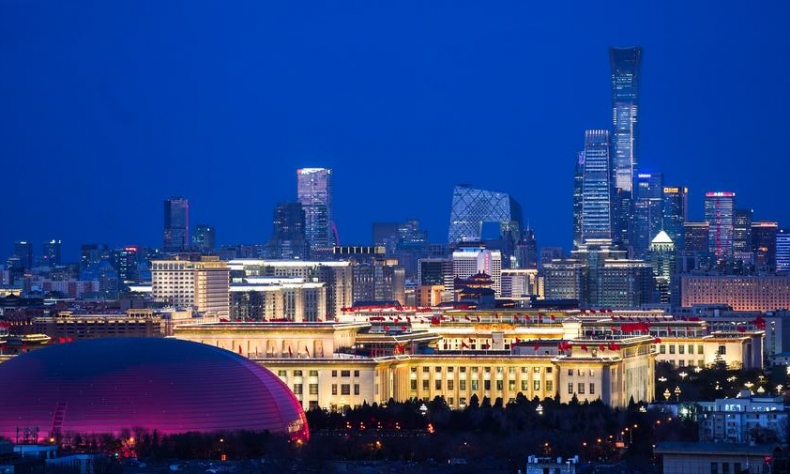City Clusters as Economic Drivers

The formation of city clusters not only assists in the distribution of resources, but also promotes coordinated growth of different regions.
Over the past decade, China has been increasing the interconnectedness of its major cities with the cities that surround them to create regionally integrated city clusters. These clusters are becoming an increasing force for promoting high-quality economic development, with many already driving national and even global economic growth.
City clusters are envisioned as functionally complementary economic and social networks formed through the coordination of transportation, communications, industry, science, technology and culture between nearby cities. The formation of these clusters not only assists in the distribution of resources, but also promotes coordinated growth of different regions. Large, mature city clusters include the Beijing-Tianjin-Hebei region, the Yangtze River Delta, and the Guangdong-Hong Kong-Macao Greater Bay Area.
The Beijing-Tianjin-Hebei urban agglomeration has Beijing and Tianjin as its center and covers multiple cities in adjacent Hebei Province. This region is the political and cultural center of China, and also an important base for the country’s technological innovation and modern manufacturing.
The Yangtze River Delta, with Shanghai at its center, includes multiple cities in the neighboring provinces of Jiangsu, Zhejiang and Anhui. It is a major economic hub in China, boasting strong manufacturing industries and advanced service sectors. It is also an important center for China’s opening up and international cooperation.
The Greater Bay Area is composed of Hong Kong and Macao special administrative regions and also nine cities in adjacent Guangdong Province. It stands at the forefront of China’s reform and opening-up efforts, enjoying unique geographical advantages and abundant innovation resources and serving as a crucial platform for exchange between China and the rest of the world.

The China-Europe Railway Express that connects Asia to Europe and the oceangoing freighters shuttling between China and the Americas play a big role in stabilizing global trade as well as supply and industrial chains. These trade networks cannot succeed without city clusters in China. For example, clothing and electronic products sold in the U.S. market are mostly from the Yangtze River Delta and the Greater Bay Area.
The prosperity of these urban agglomerations is a product of marketization. The Chinese Government, meanwhile, has a clear top-level design for their further development. It aims to create networks of cities and towns based on city clusters, enabling the coordinated development of cities of different sizes and small towns.
City clusters are pushing forward China’s economic growth in the following aspects. First, cities within the same cluster can develop their industries collaboratively according to their respective advantages and forge close connections between the upstream and downstream of industrial chains, thus consolidating their overall industrial competitiveness. Second, the development of infrastructure including transportation and communications and accelerated information flow within the regions are giving a boost to regional economic growth. Improved transportation, including intercity highways and trains, along with the smart integration of transportation services, are improving logistical efficiency and making commuting between cities the norm. Third, close ties within clusters are facilitating the mobility of personnel and promoting the exchange and sharing of knowledge and technology, helping enhance clusters’ capacity for innovation. Fourth, by breaking the boundaries of administrative divisions and thus giving rise to unified and open market systems, clusters help promote the free flow of goods and services, and improve the efficiency of market-based resource allocation.
City clusters also have a big role to play in scientific and technological innovation, as they are home to large educated and highly skilled workforces as well as top universities and institutions conducting globally competitive research. They are also the major forces promoting China’s international exchange and cooperation and attracting foreign investment and international personnel.
 Facebook
Facebook
 Twitter
Twitter
 Linkedin
Linkedin
 Google +
Google +










